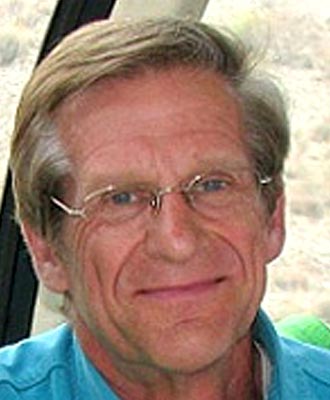Abstract
The top few kilometers of the Earth's surface are of extreme importance to our society. This near-surface region houses mineral and hydrocarbon wealth that are crucial for industrialized development, contains water needed for life, and is an environment with which we must interact to build our infrastructure. Substantial insight about the structure and composition of this region can be gleaned by determining its physical properties. Density, magnetic susceptibility, electrical conductivity, and elastic parameters can be critically diagnostic and data from appropriate geophysical surveys can be inverted to generate 3D distributions of these.
This talk will look at problems in which applied geophysics has made a major contribution and review the essential elements of the inverse problem needed to map survey data into 3D images of physical properties. Characterization of Earth materials generally requires knowledge of multiple physical properties, and this talk will show examples of this for mineral exploration and unexploded ordnance discrimination. The emphasis is on surveys sensitive to electrical conductivity. It is only recently that we have developed the capability to invert electromagnetic survey data in 3D and a plethora of applications now exists for mineral and hydrocarbon exploration, environmental and geotechnical problems. The talk concludes with a vision for the future and a discussion of the skill set required by a new generation of quantitative geophysicists who want to tackle important practical problems so that we can live sustainably on this planet.
Biography
Doug Oldenburg received a B.Sc. (honors) degree in physics in 1967 and an M.Sc. in geophysics in 1969 from the University of Alberta in Edmonton. He completed a Ph.D. in 1974 at Scripps Institution of Oceanography, UCSD, in earth sciences. After a three-year postdoctoral fellowship in Alberta he joined the Geophysics and Astronomy Department at the University of British Columbia. He remains at UBC where he is currently Professor, Director of the Geophysical Inversion Facility (UBC-GIF) and holder of the Teck Senior Keevil Chair in Mineral Exploration. He is an Honorary Member of CSEG and SEG. Doug's research career has focused upon the development of inversion methodologies and their application to solving applied problems. He, with students and colleagues at UBC-GIF, has developed forward modeling and inversion algorithms for seismic, gravity, magnetic and electromagnetic (EM) data. Doug's current research activities include 3D forward modeling and inversion of EM data, enhancing potential field and EM inversion by incorporating various types of geophysical and geological information, and development of software for unexploded ordnance discrimination.






